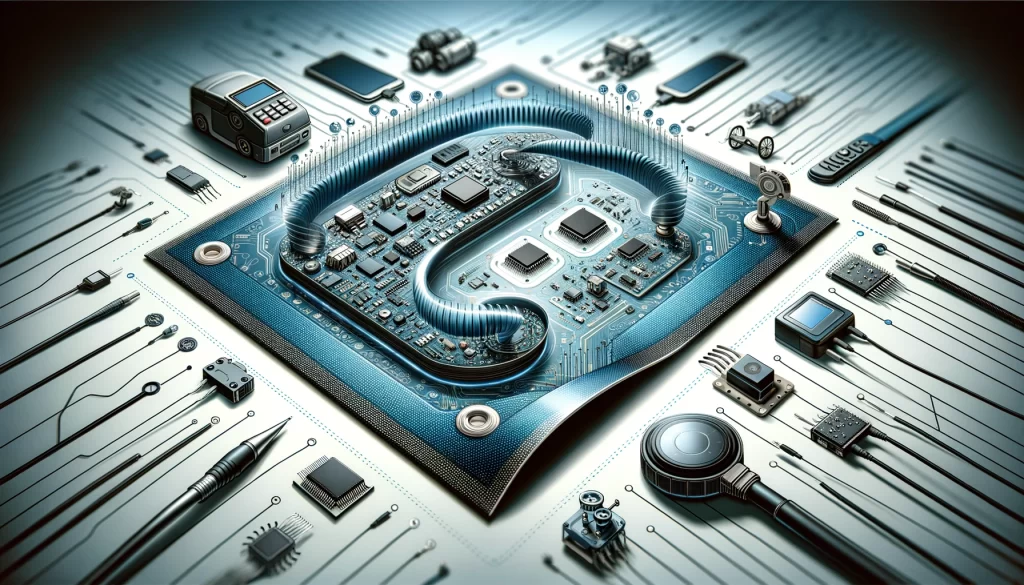In the realm of membrane switch manufacturing, the concept of flexibility is not just a physical attribute but a fundamental design philosophy. At ElastoKey, we recognize that flexibility in membrane switch circuits is paramount for a wide range of applications. This blog post delves into why flexibility is so crucial in membrane switch technology and how it impacts the functionality, durability, and applicability of these essential components.
Understanding Membrane Switch Circuits
Before we delve into the importance of flexibility, let’s understand what membrane switch circuits are. A membrane switch is a momentary switch device in which at least one contact is on, or made of, a flexible substrate. These switches are used in various applications, from industrial control systems to consumer electronics, due to their reliability and versatility.
Enhanced Durability
Flexibility in membrane switch circuits directly correlates with durability. Rigid circuits can crack or break under stress, especially in applications where they are constantly being flexed or bent. Flexible circuits, however, can withstand significant bending and twisting without damage. This makes them ideal for applications where the switch will be subjected to continuous physical manipulation, such as in handheld devices or control panels that are regularly accessed.
Design Versatility
Flexibility opens up a world of design possibilities. With flexible circuits, membrane switches can be integrated into a variety of shapes and surfaces that would be impossible with rigid components. This versatility allows product designers to create more ergonomic and user-friendly interfaces. For instance, curved surfaces on consumer electronics or contoured control panels in industrial machines can be easily accommodated with flexible membrane switch circuits.
Reduced Space and Weight
In an era where electronic devices are becoming increasingly compact, the space-saving attribute of flexible membrane switch circuits is highly beneficial. They take up less space compared to traditional mechanical switches and can be integrated into sleek designs without compromising functionality. Additionally, their lightweight nature makes them ideal for portable devices, contributing to the overall ease of handling and use.
Improved Reliability and Performance
Flexible membrane switch circuits offer improved reliability and performance. The absence of mechanical parts that wear out over time means fewer chances of failure. This reliability is crucial in critical applications such as medical devices or aerospace controls, where switch failure is not an option. Moreover, the inherent flexibility minimizes the impact of thermal expansion and contraction, which can affect performance in varying environmental conditions.
Customization for Specific Needs
At ElastoKey, we harness the advantage of flexibility to customize membrane switches for specific client needs. Whether it’s incorporating unique shapes, integrating with different materials, or adjusting the tactile response, the flexibility of these circuits allows for a high degree of customization. This customization capability is essential for meeting the diverse requirements of different industries and applications.
Conclusion
The importance of flexibility in membrane switch circuits cannot be overstated. It is a critical factor that influences durability, design versatility, space efficiency, reliability, performance, and customization. At ElastoKey, our commitment to leveraging this flexibility ensures that our membrane switches meet and exceed the evolving demands of our clients. Whether it’s for consumer electronics, industrial machinery, or any other application, our flexible membrane switch solutions are designed to deliver superior performance and reliability.
To learn more about how ElastoKey can customize flexible membrane switch solutions for your specific needs, contact us today. Let us help you harness the power of flexibility in membrane switch technology.

